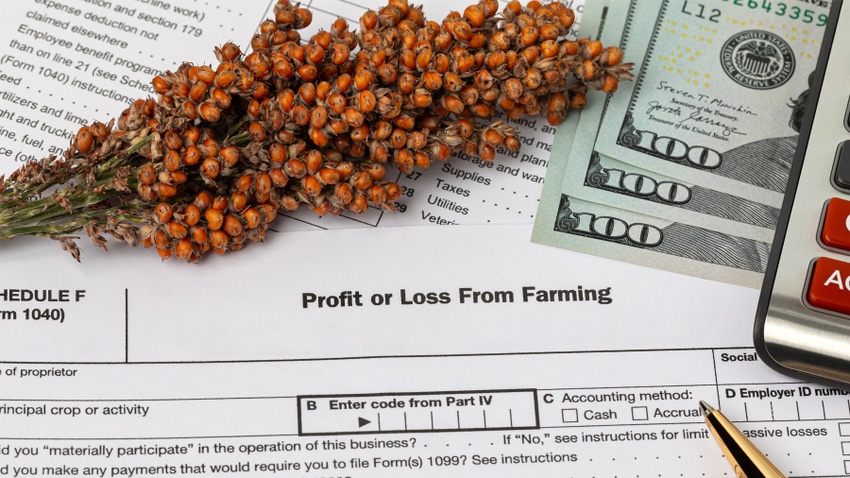January 9, 2024

My longtime readers know my passion for sustainability. They also know how many times I’ve had to offer caveats about how long it takes for good ideas to result in opportunities that financially benefit farmers.
The truth is we’ve been talking about sustainability for a decade, with few farmers seeing the benefit. However, I’m hopeful 2024 will be a banner year, with farmer skepticism because of a perceived lack of actionable progress shrinking as financial opportunities begin growing rapidly (with the potential to grow exponentially).
This year is likely to see substantial strides made toward realizing long-discussed opportunities, allowing farmers to reap financial benefits from the sustainability movement.
The key lies in innovative programs and policy frameworks that are transitioning from theory to practice, including Section 45Z of the Inflation Reduction Act, the USDA Partnerships for Climate Smart Commodities (PCSC) program, and private offset and inset markets.
Incentivizing lower carbon
Perhaps the most transformative development is Section 45Z of the IRA. Alongside related sections focusing on sustainable aviation fuel and hydrogen production, this policy will incentivize progressively lower carbon emissions in biofuels (which include the emissions from farm practices) at a national level for the first time.
With tax credits reaching up to a dollar per gallon, Section 45Z could become the most influential renewable fuels policy in history. Furthermore, its effect on farmers could be unparalleled, potentially reshaping the agricultural landscape in terms of economic incentives and stewardship. We hope to see rules for this program in late 2024.
Funding pilot programs
USDA’s $3.5 billion PCSC program was set up to make a significant impact by experimenting with disruptive change at a pilot scale. Most funded projects under this initiative are expected to roll out fully in 2024. The program aims to bolster environmentally sound agricultural practices while enhancing market opportunities for producers.
National Sorghum Producers is itself an awardee, and I can attest firsthand that the behind-the-scenes strategy and structural work that it’s taken to launch the program has moved us years down the road in our understanding of how the concepts I’ve written about here for years mechanically translate into real value for farmers.
That alone is a significant step forward, to say nothing of the billions of dollars that will flow directly to farmers through the program.
Private offset market growth
Complementing government initiatives, the private offset market is experiencing double-digit annual growth. This surge is not only a testament to the market's recognition of sustainability's value, but also a catalyst for broader change. The momentum from this market growth is extending into the realm of “insets,” which unlike traditional “offsets” involve investments in sustainable practices within a supply chain.
For farmers, this means direct support from upstream and downstream supply chain partners for adopting sustainable practices, leading to financial benefits and improved environmental outcomes.
Insets are a critical component of the evolving sustainability landscape, offering a more integrated and less one-size-fits-all approach to addressing environmental issues. I expect to see a wave of farmer-friendly private offset and inset programs in 2024.
The best news headed into 2024? The sustainability community is coming to the table ready to deal on farmers’ terms. Regardless of one’s views on climate change, increased efficiency is something farmers have been striving toward since the beginning of cultivation.
Fortunately, increased efficiency is the best way to reduce carbon emissions, so both sides win. Look for more of these win-win opportunities throughout 2024.
Duff is founder of Serō Ag Strategies and serves as a consultant to National Sorghum Producers. He can be reached by email at [email protected] or on Twitter @sorghumduff.
About the Author(s)
You May Also Like






